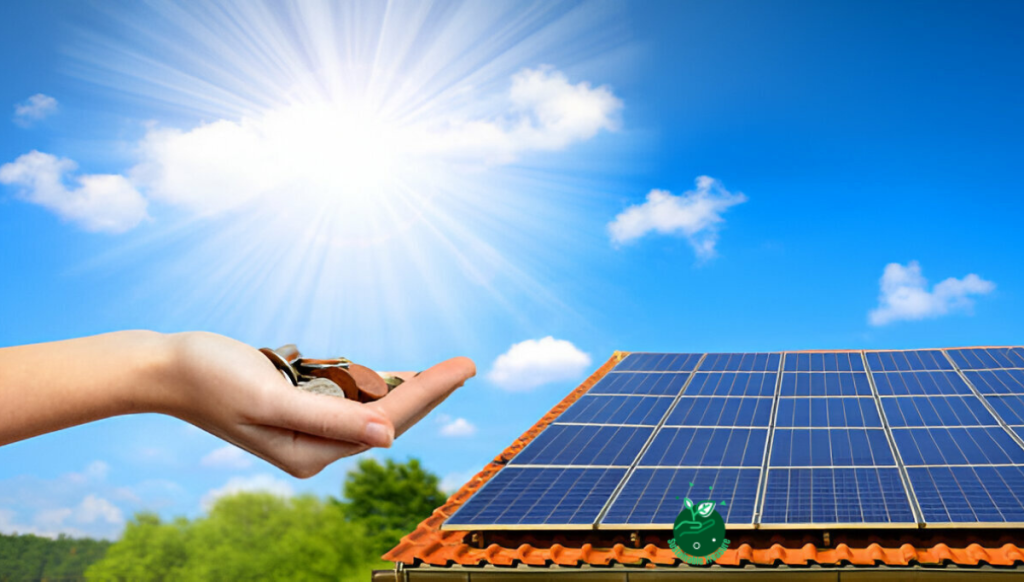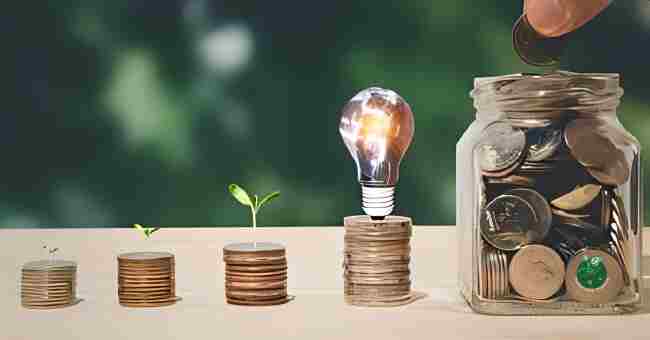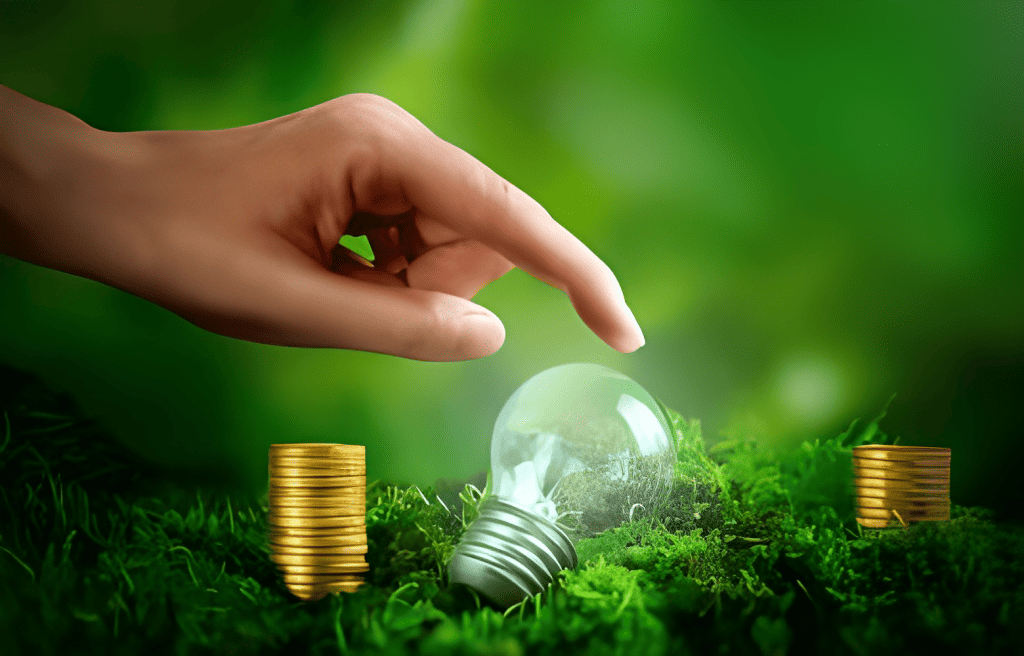Table of Contents
Do wish to know how to invest in conservation technology innovations? Yes, investing in conservation technologies is a powerful way to contribute to a sustainable future while potentially generating attractive returns.
As a nature enthusiast, I’ve witnessed firsthand the devastating impact of environmental degradation on our planet’s delicate ecosystems.
During a hiking trip in the Appalachian Mountains, I was heartbroken to see once-lush forests reduced to barren wastelands, their vibrant biodiversity replaced by a deafening silence.
That experience ignited a passion within me to support solutions that protect and restore our natural world.
By investing in innovative conservation technologies, we can not only mitigate the effects of climate change but also preserve the intricate web of life that sustains us all.
In this comprehensive guide, we’ll explore the top conservation technology innovations worth your investment, complete with visuals, data, and expert insights. Get ready to make a tangible impact while potentially earning attractive returns.
Renewable Energy: Harnessing Nature’s Power
1. Solar Power
Solar Panels
As the world transitions towards cleaner energy sources, solar power has emerged as a frontrunner. Investing in solar panel manufacturing, installation, and energy storage solutions can contribute to reducing our reliance on fossil fuels while generating sustainable returns.
Key Benefits:
- Abundant and renewable energy source
- Declining manufacturing costs
- Increased efficiency and longevity of solar panels
2. Wind Energy
Wind Turbines
Wind energy has proven to be a reliable and cost-effective renewable energy source. Investing in wind turbine technology, offshore wind farms, and smart grid integration can help harness the power of the wind while creating job opportunities in the green energy sector.
Key Benefits:
- Low operational costs
- Scalable and versatile
- Reduced greenhouse gas emissions
Sustainable Agriculture: Nourishing the Planet
3. Precision Agriculture
Precision agriculture utilizes cutting-edge technologies to optimize crop yields, reduce waste, and minimize environmental impact. Investing in precision farming equipment, data analytics, and soil monitoring systems can revolutionize the way we grow and manage our food supply.
Key Benefits:
- Increased crop productivity
- Reduced water and pesticide usage
- Improved soil health and conservation
4. Vertical Farming
Vertical farming is an innovative approach to growing crops in controlled, indoor environments. By investing in vertical farming systems, automation technologies, and energy-efficient lighting solutions, you can contribute to sustainable food production while minimizing the environmental footprint.
Key Benefits:
- Year-round crop production
- Efficient use of space and resources
- Reduced transportation costs and emissions
Water Conservation: Preserving the Precious Resource
5. Smart Irrigation Systems
Water scarcity is a growing concern, and smart irrigation systems offer a solution to conserve this precious resource. Investing in soil moisture sensors, weather forecasting technologies, and automated irrigation systems can significantly reduce water waste while ensuring optimal crop growth.
Key Benefits:
- Reduced water consumption
- Improved crop yields
- Cost savings on water bills
6. Wastewater Treatment and Reuse
As freshwater resources dwindle, the need for efficient wastewater treatment and reuse technologies becomes paramount. Investing in advanced filtration systems, membrane technologies, and water recycling solutions can help conserve water while reducing pollution and protecting aquatic ecosystems.
Key Benefits:
- Reduced strain on freshwater supplies
- Decreased environmental pollution
- Potential for water reuse in agriculture and industry
Biodiversity Conservation: Protecting Nature’s Bounty
7. Wildlife Monitoring and Tracking
Biodiversity is the foundation of a healthy ecosystem, and investing in wildlife monitoring and tracking technologies can aid in conservation efforts. From remote sensing technologies to GPS tracking devices, these innovations provide valuable insights into animal behavior, migration patterns, and habitat management.
Key Benefits:
- Improved understanding of species dynamics
- Better-informed conservation strategies
- Increased public awareness and engagement
8. Habitat Restoration and Preservation
Restoring and preserving natural habitats is crucial for maintaining biodiversity and ecological balance. Investing in habitat restoration projects, reforestation initiatives, and land conservation efforts can help protect endangered species, promote ecosystem resilience, and mitigate the effects of climate change.
Key Benefits:
- Preservation of biodiversity
- Carbon sequestration and climate change mitigation
- Recreational and eco-tourism opportunities
FAQs

What are the potential risks associated with investing in conservation technologies?
While investing in conservation technologies offers numerous environmental benefits, it’s essential to acknowledge the potential risks involved.
Like any investment, there are no guarantees of success. Some conservation technologies may still be in the early stages of development, and their long-term viability and profitability remain uncertain.
Additionally, regulatory changes, shifts in consumer preferences, and competition from established industries can impact the success of these innovative solutions.
It’s crucial to conduct thorough research, diversify your portfolio, and consult with financial advisors to mitigate potential risks.
How can I ensure that my investments align with my environmental values?
Aligning your investments with your environmental values is paramount when considering conservation technologies. Begin by clearly defining your priorities and the specific areas you wish to support, such as renewable energy, sustainable agriculture, or biodiversity conservation.
Research companies and organizations that are actively developing and implementing these technologies, and evaluate their track record, sustainability practices, and long-term goals. Additionally, consider investing in socially responsible investment (SRI) funds or green bonds that prioritize environmental stewardship.
What role do government policies and incentives play in the success of conservation technologies?
Government policies and incentives can significantly influence the adoption and success of conservation technologies. Favorable regulations, such as tax credits, subsidies, and renewable energy mandates, can create a supportive environment for these innovations to thrive.
On the other hand, the lack of supportive policies or sudden policy shifts can hinder the growth and profitability of conservation technologies. It’s essential to stay informed about relevant government policies and their potential impact on your investments.
How can I evaluate the long-term viability of a conservation technology startup?
Evaluating the long-term viability of a conservation technology startup requires a thorough analysis of several factors. Start by assessing the strength of the management team and their expertise in the field. Review their business plan, market analysis, and projections for growth and profitability.
Additionally, consider the scalability and adaptability of their technology, as well as their ability to secure funding, partnerships, and intellectual property protection. Engaging with industry experts, attending trade shows, and monitoring industry trends can provide valuable insights into a startup’s potential for success.
What are the potential environmental and social impacts of investing in conservation technologies?
Investing in conservation technologies can have far-reaching environmental and social impacts. By supporting renewable energy solutions, sustainable agriculture practices, and biodiversity conservation efforts, you contribute to reducing greenhouse gas emissions, preserving natural resources, and protecting ecosystems.
Additionally, these investments can create job opportunities in the green economy, foster innovation, and promote sustainable development. However, it’s crucial to ensure that these technologies are implemented responsibly, considering their potential ecological footprint and social implications.
How can I diversify my investment portfolio to include conservation technologies?
Diversifying your investment portfolio is a prudent strategy when investing in conservation technologies. Consider allocating funds across different sectors, such as renewable energy, sustainable agriculture, water conservation, and biodiversity preservation.
Additionally, explore various investment vehicles, including individual stocks, mutual funds, exchange-traded funds (ETFs), and green bonds. This diversification can help mitigate risks and provide exposure to a range of conservation technology innovations.
What resources are available to stay informed about emerging conservation technologies?
Staying informed about emerging conservation technologies is crucial for making informed investment decisions. Reliable resources include industry publications, scientific journals, online forums, and conferences focused on sustainability and environmental innovations.
Additionally, follow reputable organizations, research institutions, and thought leaders in the field of conservation technology. Subscribe to their newsletters, attend webinars, and engage in discussions to stay up-to-date with the latest developments and trends.
How can I ensure transparency and accountability in my conservation technology investments?
Ensuring transparency and accountability in your conservation technology investments is essential for maintaining trust and aligning with ethical practices. Research companies’ sustainability reports, environmental impact assessments, and third-party certifications to evaluate their commitment to transparency and accountability.
Additionally, engage with shareholder advocacy groups and attend annual general meetings to voice your concerns and advocate for responsible business practices. By actively participating in the decision-making process, you can hold companies accountable and ensure that your investments contribute to genuine environmental progress.
Conclusion
Investing in conservation technology innovations is not only a responsible choice but also a potentially lucrative opportunity. By supporting these groundbreaking solutions, you can contribute to a greener, more sustainable future while potentially generating attractive returns on your investment.
Remember, the road to a healthier planet starts with each individual’s commitment to making a positive impact. Explore these investment opportunities, conduct thorough research, and make informed decisions that align with your values and financial goals.
Together, we can pave the way for a future where innovation and environmental stewardship go hand in hand, creating a better world for generations to come.



